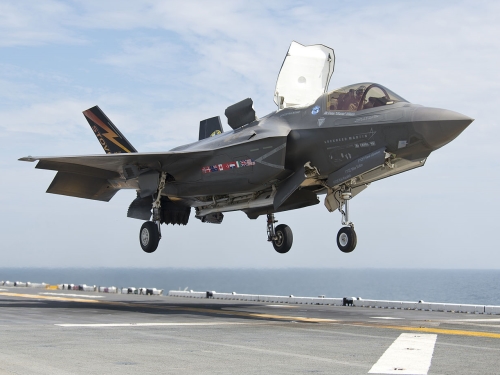
This article was originally published by War on the Rocks on 17 November, 2014. It is part of the Beyond Offset series, a collaborative project between War on the Rocks and the Center for a New American Security that aims to build a community-of-interest that will address the challenges of maintaining America’s competitive edge in military technology and advance solutions.
America loves technology. As a nation, our cultural predilection for technical ingenuity has created the conditions for economic prosperity, scientific discovery, and military superiority. However, the worldwide proliferation of American free market ideas and liberalism (not to mention technology) has led to the emergence of an increasingly competitive global innovation landscape. According to the World Intellectual Property Organization, the U.S. represented just 26% of world total patents in 2012, down from 40% in 1999. During the same period, the number of patents filed in China increased by some 3,200 percent, growing to roughly 10% of world total patents today.

